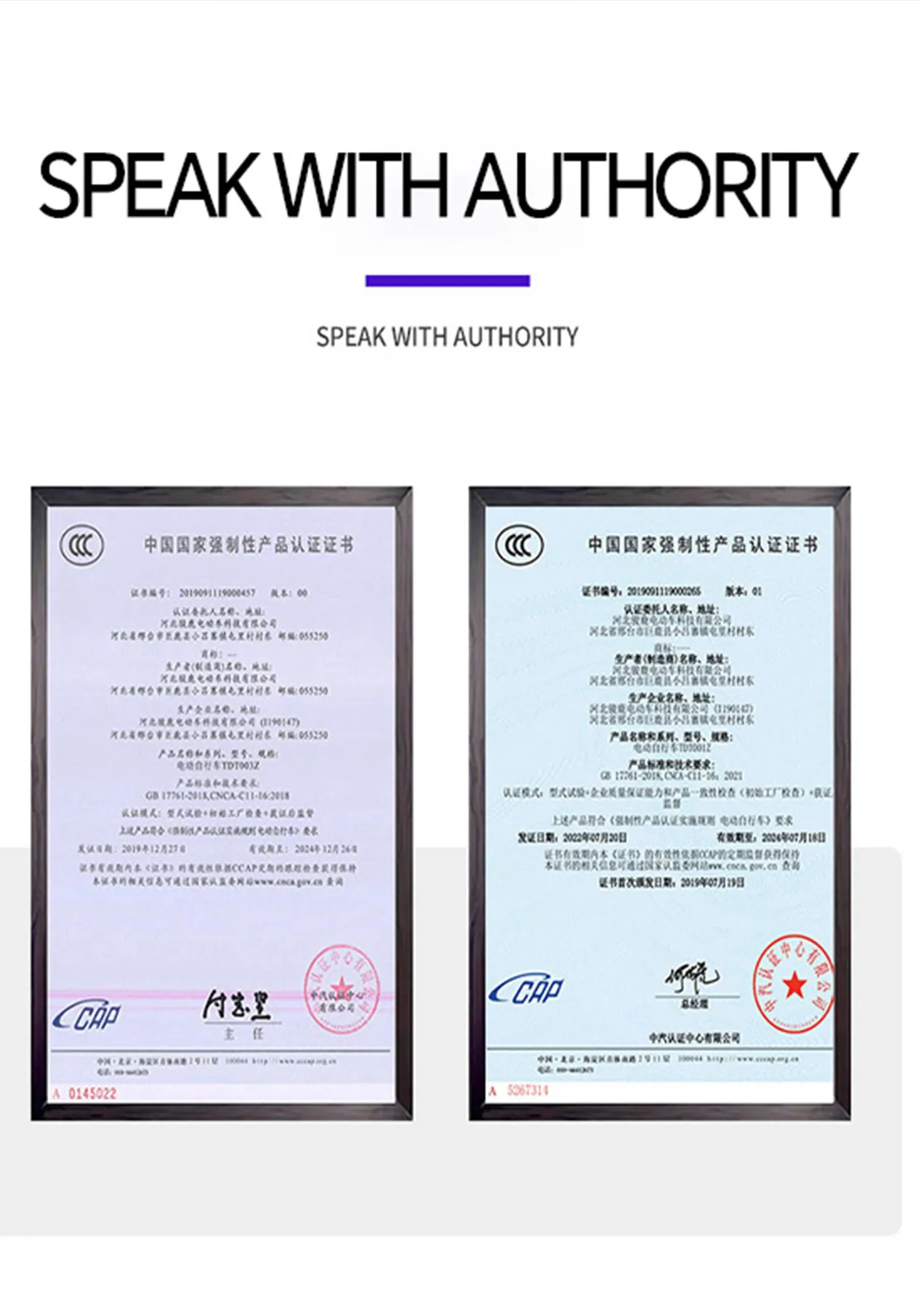
- Afrikaans
- Albanian
- Amharic
- Arabic
- Armenian
- Azerbaijani
- Basque
- Belarusian
- Bengali
- Bosnian
- Bulgarian
- Catalan
- Cebuano
- Corsican
- Croatian
- Czech
- Danish
- Dutch
- English
- Esperanto
- Estonian
- Finnish
- French
- Frisian
- Galician
- Georgian
- German
- Greek
- Gujarati
- Haitian Creole
- hausa
- hawaiian
- Hebrew
- Hindi
- Miao
- Hungarian
- Icelandic
- igbo
- Indonesian
- irish
- Italian
- Japanese
- Javanese
- Kannada
- kazakh
- Khmer
- Rwandese
- Korean
- Kurdish
- Kyrgyz
- Lao
- Latin
- Latvian
- Lithuanian
- Luxembourgish
- Macedonian
- Malgashi
- Malay
- Malayalam
- Maltese
- Maori
- Marathi
- Mongolian
- Myanmar
- Nepali
- Norwegian
- Norwegian
- Occitan
- Pashto
- Persian
- Polish
- Portuguese
- Punjabi
- Romanian
- Russian
- Samoan
- Scottish Gaelic
- Serbian
- Sesotho
- Shona
- Sindhi
- Sinhala
- Slovak
- Slovenian
- Somali
- Spanish
- Sundanese
- Swahili
- Swedish
- Tagalog
- Tajik
- Tamil
- Tatar
- Telugu
- Thai
- Turkish
- Turkmen
- Ukrainian
- Urdu
- Uighur
- Uzbek
- Vietnamese
- Welsh
- Bantu
- Yiddish
- Yoruba
- Zulu
Aug . 09, 2024 01:20 Back to list
Tips for Properly Tuning Your Mountain Bike's Derailleur Gears for Optimal Performance
Adjusting Derailleur Gears on Mountain Bikes A Comprehensive Guide
Mountain biking is an exhilarating sport that combines rugged terrain with the thrill of speed. However, the performance of your mountain bike is heavily influenced by its gear system. A well-adjusted derailleur is crucial for ensuring smooth gear transitions, enabling you to navigate steep climbs and tricky descents with ease. This article will guide you through the steps to adjust the derailleur gears on your mountain bike effectively.
Understanding the Derailleur System
Before we delve into the adjustment process, it's vital to understand that a derailleur is a device that moves the chain between different gears or cogs on your bike's cassette. Most mountain bikes feature a rear derailleur and, sometimes, a front derailleur. The rear derailleur is primarily responsible for shifting the chain across the cassette, while the front derailleur handles shifts between the chainrings.
Tools Needed
To adjust your derailleur gears, you will need a few tools 1. A Phillips screwdriver 2. A flathead screwdriver 3. 5mm Allen wrench 4. Chain checker (optional) 5. Bike lubricant
Initial Checks
Before you begin the adjustment, ensure that your bike is in good condition - Check the chain for wear and tear. A worn chain can affect shifting performance. - Ensure that your derailleur hanger is straight. A bent hanger can cause shifting issues.
adjusting derailleur gears mountain bike

Steps to Adjust the Rear Derailleur
1. Set the B-Tension Screw The B-tension screw controls the distance between the derailleur and the cassette. Shift to the largest rear cog and the smallest front chainring. Adjust the B-tension screw until there is about 6-8mm clearance between the upper derailleur pulley and the largest cog.
2. Adjust the Limit Screws Limit screws are essential for ensuring your chain does not go beyond the intended gear range. - High Limit Screw Shift to the smallest rear cog, which is the highest gear. The chain should not fall off the outside of the cog. If it does, tighten the high limit screw (often marked as “H”). - Low Limit Screw Shift to the largest rear cog. The chain should not fall off the inside. If it does, tighten the low limit screw (often marked as “L”).
3. Fine-Tune the Cable Tension The cable tension affects how quickly the derailleur responds to shifts. If shifting feels sluggish, you may need to increase cable tension. Turn the barrel adjuster counterclockwise to increase tension or clockwise to decrease it. Test the shifting by going through all the gears to ensure smooth transitions.
4. Test Ride After making adjustments, take your bike for a test ride. Shift through all the gears under load. Pay attention to any skipping or sluggishness. If adjustments are necessary, repeat the previous steps as needed.
Final Thoughts
Adjusting derailleur gears on your mountain bike may seem intimidating, but with a bit of practice and patience, it can be accomplished at home. Regular maintenance and adjustment not only prolong the life of your drivetrain but also enhance your riding experience, ensuring that you can focus on enjoying the trails without worrying about mechanical issues. Remember that precise tuning may take time, so don’t hesitate to consult professional help if needed. Happy riding!
-
The Ultimate Kids' Four-Wheeler Experience
NewsJul.09,2025
-
The Ultimate Guide to Mountain Bikes: Gear Up for Your Ride
NewsJul.09,2025
-
The New Age of Cycling: Electric Bikes for Every Rider
NewsJul.09,2025
-
The Best Kids Bicycles: Ride in Style and Safety
NewsJul.09,2025
-
The Best 3-Wheel Scooters for Kids: Fun, Safety, and Adventure
NewsJul.09,2025
-
Revolutionize Your Ride: Affordable Electric Bikes
NewsJul.09,2025
-
Finding the Perfect Mountain Bike for Every Rider
NewsJul.09,2025



